Pros and Cons of Traditional Publishing: Is It Right for You?
HIT PLAY OR READ THE POST BELOW:
If you’ve written a book and are ready to get it in the hands of readers, one of the most important decisions to make is how to publish it. Historically, the only way to publish a book was to have it printed and distributed by a publishing house. These days there are many avenues, with traditional publishing and self-publishing being the two main paths. There are also new hybrid publishers emerging in the industry, which combine elements of traditional and self-publishing.
These multiple publishing paths can be complex to navigate, so in this article I’m going to focus on the pros and cons of traditional publishing. Traditional publishing can be mysterious to new writers, but by understanding the advantages and disadvantages of publishing traditionally, you can make a more informed decision on how to publish your book.
One note is that when saying “traditional publishing,” I’m referring primarily to the Big Five publishing houses: Penguin Random House, Macmillan, Hachette, HarperCollins, and Simon and Schuster. Penguin Random House is in the process of trying to buy Simon and Schuster, so going forward there may be only the Big Four publishing houses.
Another note is that everyone will have their own opinions on the pros and cons of traditional publishing; I am speaking from my personal experience and background in the industry.
To start off, here are some pros to traditional publishing:
1. Clout
The first major advantage of traditional publishing is the clout. The Big Five publishers all have a strong reputation and name recognition; if you tell someone that your book has been published by Penguin Random House, for instance, they're likely going to be impressed.
While clout isn’t everything, and it certainly shouldn't be the only thing you consider when deciding how to publish your book, it is a key factor that can't be ignored. Writers want their books published by major publishers for the same reason students want to attend Ivy League universities or professionals want to work at Fortune 500 companies—it gives their book credibility and immediately garners a certain level of respect.
2. Distribution
The second advantage is that these large, well-resourced publishing houses have a wide distribution network. If you publish with the Big Five, you will see your books in classic brick-and-mortar stores like Barnes and Noble, and possibly in airport newsstands, translated into other languages and distributed abroad, and so on.
The Big Five publishers have relationships with main book distributors in the US, so they’re able to garner a lot of visibility for your book. If you don’t publish traditionally, it’ll be harder to get a distributor—especially a large corporate one like Barnes and Noble—to agree to stock your book. So, if your dream is to see your book sitting on the same shelves as some of your favorite bestselling authors, your best bet is to go the traditional publishing route.
3. Professional Team
The third advantage is that by publishing traditionally, you will get to work with a large professional team. At the minimum this includes your literary agent and your editor at the publishing house.
Working with these professionals means you’re going to have some of the best editorial minds working with you on your book. Your agent and editor are going to offer invaluable feedback on how to strengthen your manuscript and position it for success in the market because they understand what readers are looking for and care deeply about your story. Your agent can advise you on how to negotiate your book deal, for instance, and your editor can advise you on which genre your book best fits under.
In other publishing scenarios, you likely will be working more independently and won't have immediate access to that type of professional insight. In traditional publishing, your agent and editor will be there to support you throughout the entire experience.
4. No Upfront Cost
The fourth advantage is there is no upfront cost of publishing for you, the author. With self-publishing and some other publishing options, you're going to have to pay to have your book printed and whatever platform you use will ultimately take a fee on every book purchased. It can potentially add up to a hefty upfront investment to publish on your own.
The traditional publishing process, on the other hand, costs you nothing but your time and energy. It doesn't cost anything to query literary agents, for example, and when your agent sells your book to a publisher you'll be the one getting a check. That check is called an advance and it's the price that the publishing house pays you for the rights to publish your book.
While the agent does take commission on that advance—which is 15%—the bottom line is that the Big Five publishers will pay you to acquire your book, while many self-publishing options require you to pay them. So, if money is a main factor in your publishing journey, consider these different financial dynamics.
5. Marketing and Sales
The fifth advantage of traditional publishing is that the publishing house will bear most of the burden of marketing and sales. When I talk to authors who are hoping to publish their first book, many have anxiety about how to advertise their work and how to find their readership. For instance, writers often wonder if they need to have a huge social following in order to be successful in publishing.
The good news with traditional publishing is that most of the marketing and sales work will be done by the dedicated marketing and sales team from the publishing house, who will do their best to get your book into readers’ hands. Of course, authors are still expected to contribute to any of the marketing and sales plans—such as author signing events—but you won’t be expected to generate the ideas or rely solely on your self-promotion.
So, if marketing and promoting your book makes you feel squeamish, this is a big advantage of going through the traditional route.
While traditional publishing comes with many advantages, it’s also good to acknowledge its disadvantages, which include:
1. Time to Publish
The first disadvantage to traditional publishing is simply the amount of time it takes. The traditional publishing path is quite long, starting from the journey of finding a literary agent, which can take months or even years. This process involves writing a pitch letter called a query letter and sending it, along with sample pages of your manuscript, to an agent for consideration.
After successfully acquiring an agent, you must wait for them to find and pitch your book to an editor that can make you a book deal offer. Usually an agent will have to reach out to a dozen or more editors before someone nabs it, so it will take some time to close the book deal.
Then, after the book deal is signed, there’s another waiting period. It takes a minimum of a year for a publishing house to release a book after signing a deal with an author, but sometimes it can take up to two or three years, as the book will go through several rounds of editing. The edits include developmental editing with the main editor as well as copy editing and proofreading. Then, the book has to be formatted and the cover designed, and the marketing and sales plans have to be solidified. And, of course, the book has to be printed and distributed.
So, the traditional route is a long process; there's no doubt that you will need a lot of patience if you decide that this is the right publishing path for you.
2. Need to Collaborate
The second disadvantage of traditional publishing is more subjective; some writers might see this as a pro rather than a con. If you want to be traditionally published, you must be willing to collaborate.
As discussed earlier, when traditionally publishing, the author will have a publishing team behind them who will offer advice but, also, critiques and revision comments that you will be expected to work through. You must also be willing to collaborate on elements like cover design. While the publishing house will always respect your creative vision, they have professional designers who will add their advice on what design would work best for the market and your target audience.
If you want things done your way and your way alone, you should opt for another publishing avenue.
3. Division of Profits
The third disadvantage of traditional publishing that I alluded to earlier is that you will ultimately share the profits you make on your book. The literary agent will take 15% of the book deal advance as well as 15% of any royalties the book sales generate. Of course, keep in mind that you, the author, will retain the other 85%, and the traditional publishing route involves no upfront costs.
However, ultimately you must be willing to pay your agent commission if you want to be traditionally published.
These are my main opinions on the pros and cons of traditional publishing. I want to end by emphasizing that traditional publishing is simply not the right path for everyone or every book, and that is completely valid. In our current times, there are many paths to publishing, so I hope this article helped clear up any confusion and offered a clearer perspective on which path is right for you!
Thanks for reading and happy writing!
Need an expert pair of eyes on your query letter? I’ve got a service just for that! Learn more here.






